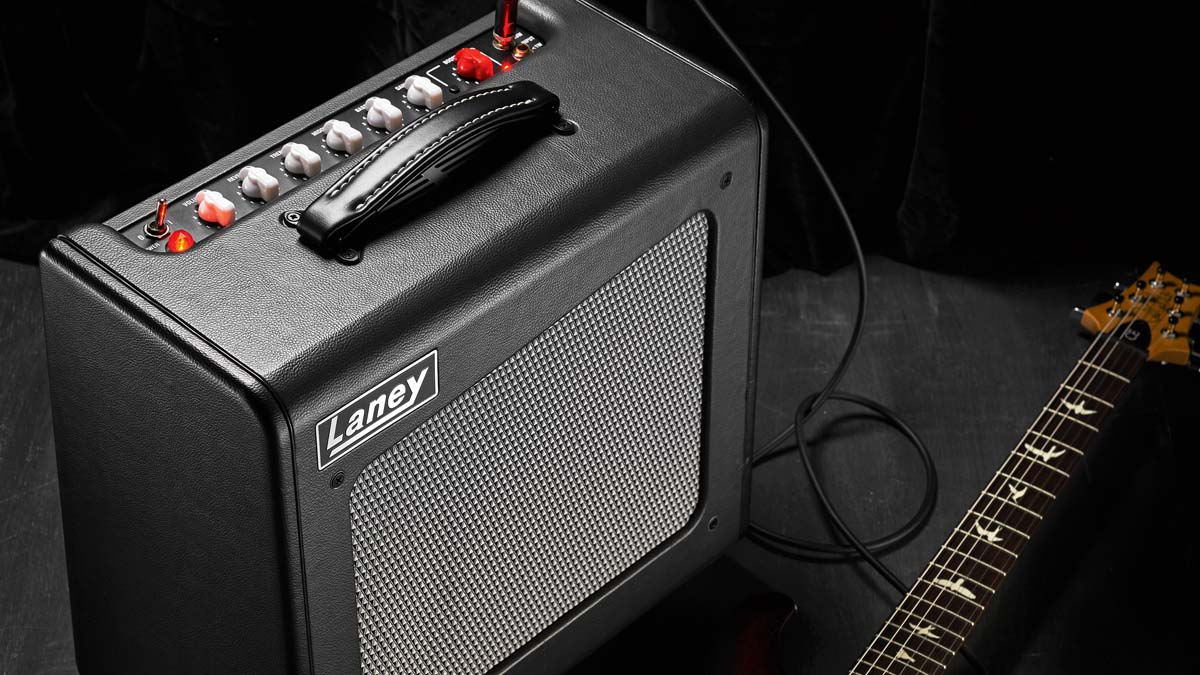Guitar World Verdict
Compact and practical, not to mention affordable, the Cub-Super12 is a simple, practical and very charming little tube combo with exceptional tones.
Pros
- +
Excellent boutique-grade tone.
- +
Superb digital reverb.
- +
Great styling at a very tempting price.
Cons
- -
Valve replacement entails removing the whole chassis.
- -
No aux-in for MP3 players, no headphone socket.
You can trust Guitar World
Established in 1967, Laney is one of the UK’s longest-established amp companies with a history that’s at the heart of the Black Country’s significant (yet often overlooked) contribution to rock guitar.
Founder Lyndon Laney’s rock credentials were assured as a former member of Band Of Joy alongside John Bonham and Robert Plant, before he turned his attention to electronics and amp design.
In the late 1960s and early 1970s the Laney brand was closely involved with Black Sabbath’s Tony Iommi and played a key part in creating the genre that became heavy metal.
Over the years, as changing musical styles demanded increasingly versatile amplifiers, Laney has continued to innovate, with affordable solid-state designs alongside boutique-influenced products, such as the brilliant Lionheart series.
Pushing up the gain unleashes a sweet tweed-inspired drive that’s great for blues and rock, as well as contemporary instrumental styles
For 2020, Laney has successfully combined affordability and boutique cred with its new Cub-Super amps: a mini-range that’s intended to be portable and affordable without compromising on tone.
Let’s take a look at what might turn out to be its bestseller, the Cub-Super12 combo. It’s not easy to add style to a plywood box with knobs on but Laney has done a great job here.
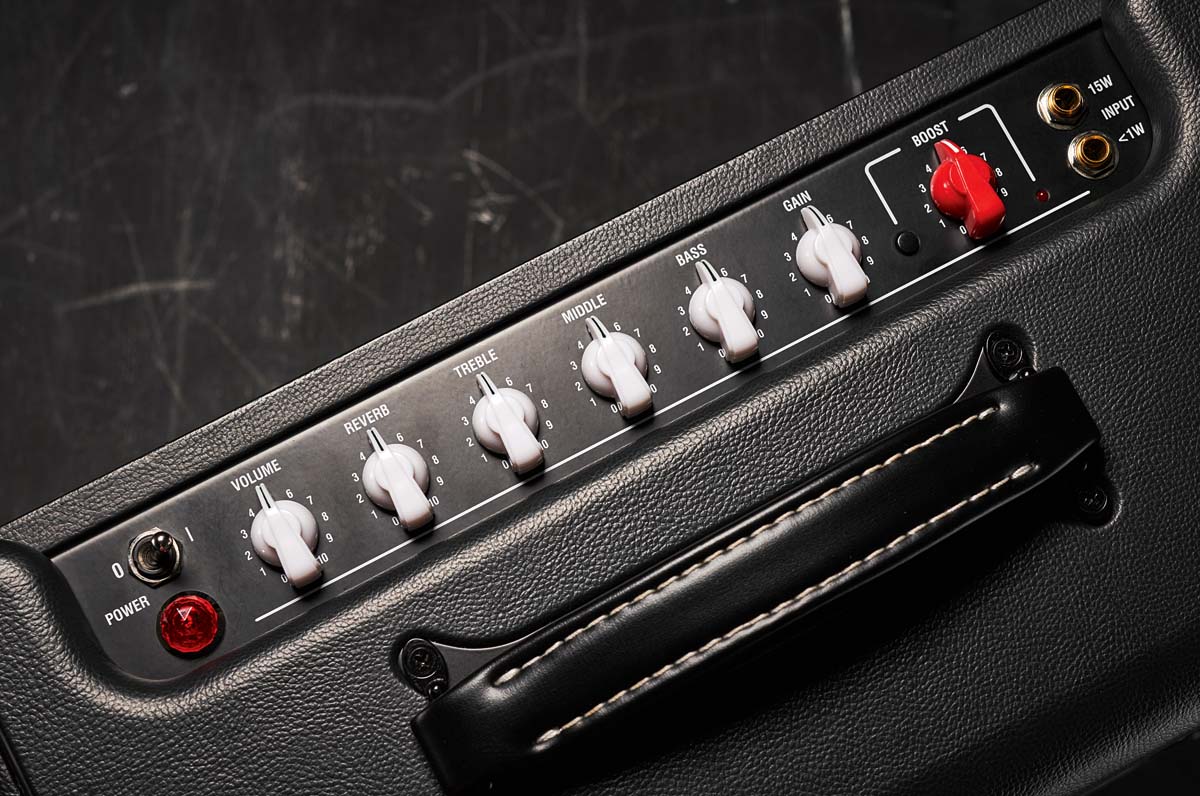
A dark-grey vinyl centre panel and black sides are separated by black stringing and teamed with a diamond-pattern salt-and-pepper grille cloth. A generous front-edge radius and TV-style speaker cut-out push all the right retro-modern buttons, while the recessed handle mounting plate, which doubles as a cooling vent, is typical of Laney’s clever design and attention to detail.
Inside the chassis, most of the electronics are contained on one high-quality printed circuit board, which also holds the front-panel components and valve bases. Many components are surface mount, which helps to keep the overall size and weight down, as well as improving ruggedness.
The Cub-Super12’s five valves – three selected 12AX7s and a pair of EL84s – are mounted pointing forwards and can only be replaced by removing the chassis. The loudspeaker is a custom-designed HH Electronics H12-65 with a medium-weight ceramic magnet helping to keep things portable.
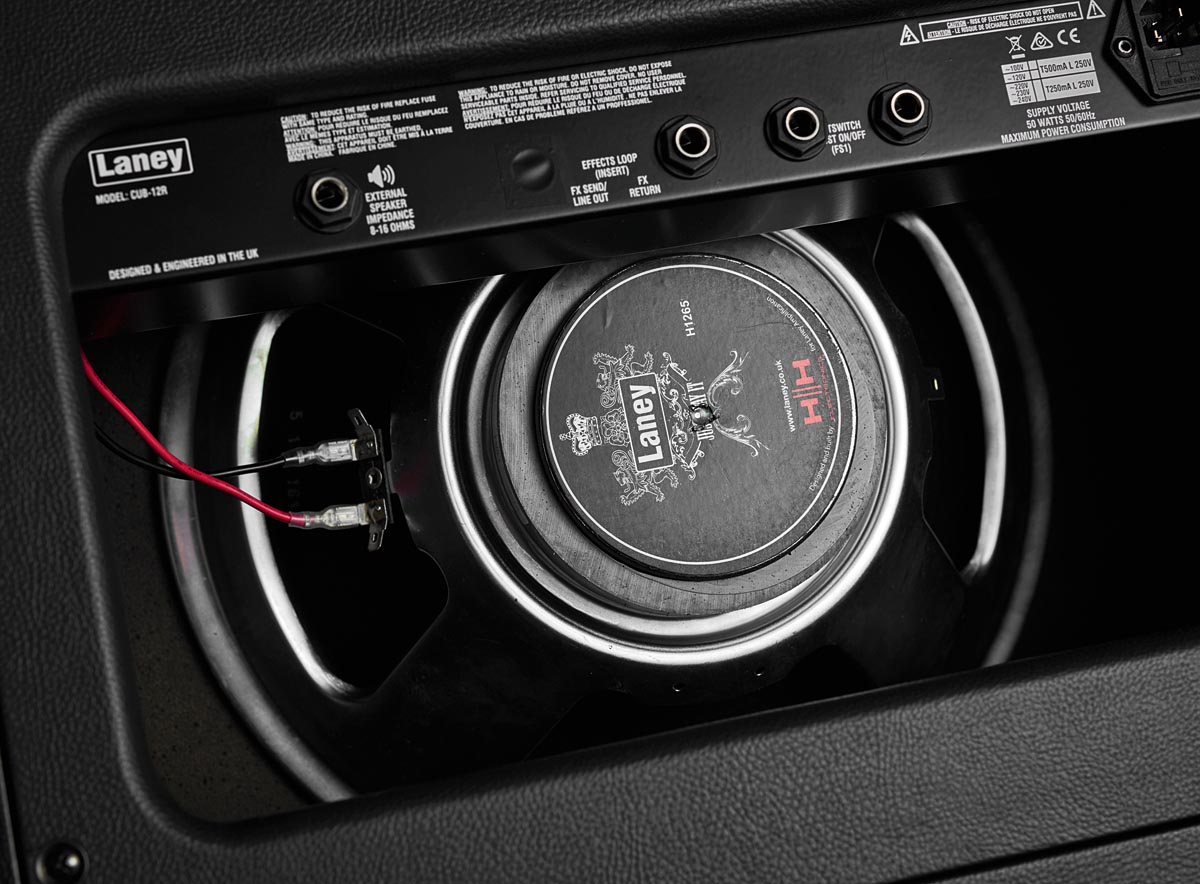
The Cub-Super12 is a straightforward single-channel design that has a few typically Laney twists – there are two input sockets, one of which attenuates the output down to around one watt, while the other accesses the 15 watts Class AB full-power setting.
There are white chickenhead knobs for volume, gain, bass, mid, treble and reverb level, plus a single red knob that controls a foot-switchable boost function. A simple rear-panel layout provides an external speaker jack and a series effects loop, along with a footswitch socket to remotely control boost and reverb.
There’s a lot to like about the Cub-Super12’s vintage vibe and beneath those good looks there’s a robust circuit that’ll handle years of being lugged around and gigged, making it ideal for home or studio use as well as smaller venues.
This particular combo has already done the equivalent of a world tour, being one of the early production samples that was taken to this year’s NAMM Show back in January – but it still looks and sounds as good as new.
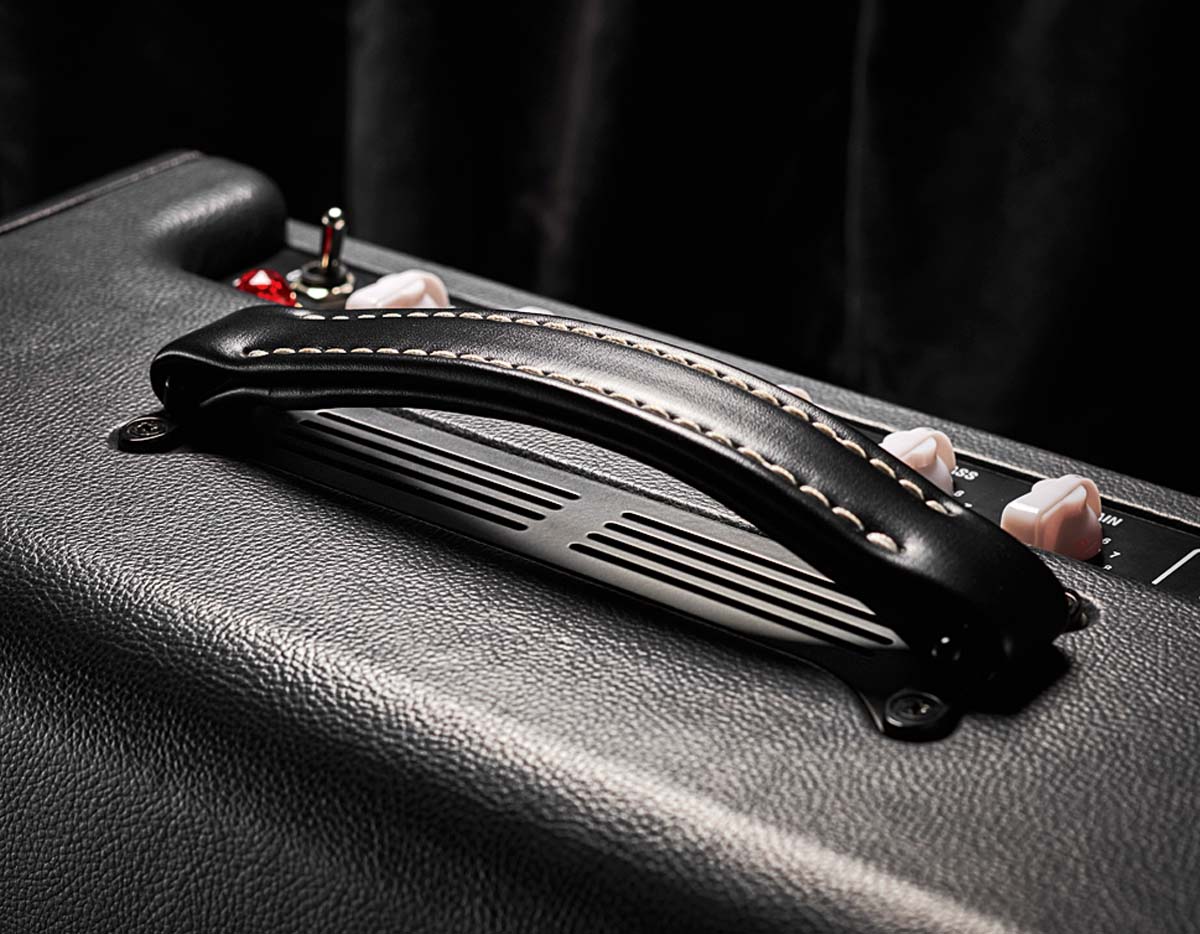
Feel & Sounds
The Cub-Super12 warms up quickly and smoothly, with very little hiss and hum, which makes it a potentially great tool for recording at lower volume levels.
We tried out the Laney with a variety of guitars, including a Les Paul Standard fitted with Duncan PAF-alikes and our regular Duncan Alnico Pro-loaded Strat, as well as an Ibanez AFJ95 hollowbody archtop. Right from the start, the Cub impresses with its warm, expansive clean sounds.
The low-power one-watt setting lets you run the master volume higher without disturbing the neighbours, yet retains plenty of low-end punch thanks to the HH driver, which is perfectly tailored to the amp’s tonal character.
The passive three-band EQ is smooth and easy to dial in for any kind of guitar, with enough treble emphasis to provide all the single-coil snap you might need, while at the other end of the spectrum there’s a smooth bass response and balanced midrange that flattered our archtop’s woody neck pickup warmth.
At higher volume levels, using the full power input jack, there’s a gentle natural compression that makes country and fusion picking great fun. Pushing up the gain control unleashes a sweet tweed-inspired drive that’s great for blues and classic rock, as well as contemporary instrumental styles, especially when you add a dash of the Cub-Super12’s excellent digital reverb.
The spring algorithm is the same as Laney’s excellent Black Country Custom Secret Path pedal and offers plenty of range, from subtle ambience to full-on surf, with none of the induced hum that often afflicts traditional on-amp spring reverb circuits.
Flipping on the boost function pushes the Cub into medium-gain solo territory – not as extreme as some of Laney’s acclaimed metal amps but more than enough to handle most styles and particularly good for modern, melodic soloing.
Setting up an ideal clean tone seems to translate nicely into a similarly great boosted version with no need to fight with the amp’s EQ, which is often the case where clean and drive sounds share the same tone network.
Verdict
Many valve amps that deliver great tone at proper gig-volume levels often sound flat and uninspiring when played quietly. However, this Cub-Super12 is that rare beast – capable of sounding just as good in your bedroom as it does on stage.
It’s simple to drive, doesn’t take long to dial in and easily produces superb touch-sensitive dynamics guaranteed to put zing into your chords and pep up your arpeggios.
Used clean, it’s an excellent pedal platform, too. Add the superb digital reverb into the equation and the Cub-Super12 becomes increasingly tempting, especially when you look at the price tag.
Aimed at all kinds of players from beginners to full-time professionals, and ideal for recording, internet broadcasting and live stages, Laney’s new Cub-Super range ticks all the right boxes at a more than tempting price.
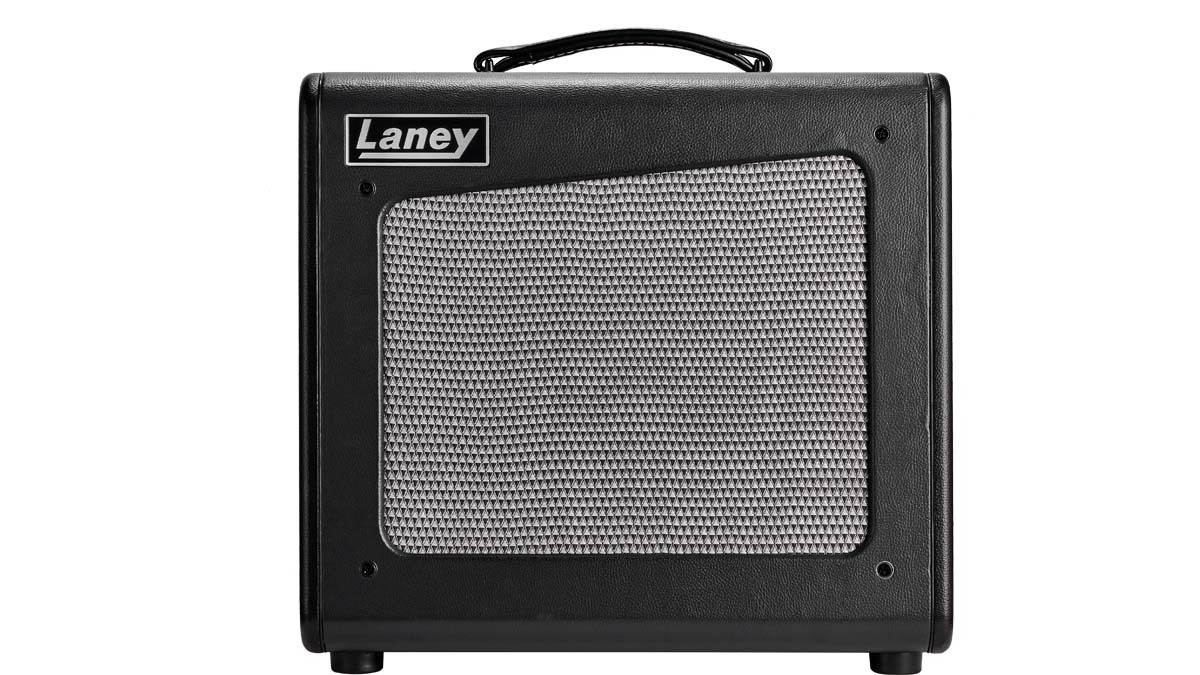
Specs
- PRICE: $589 / £399
- ORIGIN: UK
- TYPE: Valve preamp and power amp with digital reverb
- OUTPUT: 15W or 1W
- VALVES: 3x 12AX7, 2x EL84
- DIMENSIONS: 399 (h) x 430 (w) x 233mm (d)
- WEIGHT (kg/lb): 12/26
- CABINET: Plywood
- CHANNELS: 1, with a foot-switchable boost option
- CONTROLS: Gain, treble, mid, bass, volume, reverb level, boost level
- FOOTSWITCH: Double latching footswitch toggles boost function and reverb
- ADDITIONAL FEATURES: External speaker jack, series effects loop, line out
- OPTIONS: None
- RANGE OPTIONS: The Cub-Super range includes the non-reverb Cub- Super10 1x10 combo (£319) and the Cub-SuperTop (£349), plus matching 1x12 and 2x12 speaker cabinets (£159 and £199 respectively)
- CONTACT: Laney Amplification
Nick Guppy was Guitarist magazine's amp guru for over 20 years. He built his first valve amplifier at the age of 12 and bought, sold and restored many more, with a particular interest in Vox, Selmer, Orange and tweed-era Fenders, alongside Riveras and Mark Series Boogies. When wielding a guitar instead of soldering iron, he enjoyed a diverse musical career playing all over the UK, including occasional stints with theatre groups, orchestras and big bands as well as power trios and tributes. He passed away suddenly in April 2024, leaving a legacy of amplifier wisdom behind him.
"I never use my tube amp at home now, because I have a Spark Live": 5 reasons you should be picking up the Positive Grid Spark Live in the massive Guitar Month sale
“Our goal is to stay at the forefront of amplification innovation”: How Seymour Duncan set out to create the ultimate bass amp solution by pushing its PowerStage lineup to greater heights
